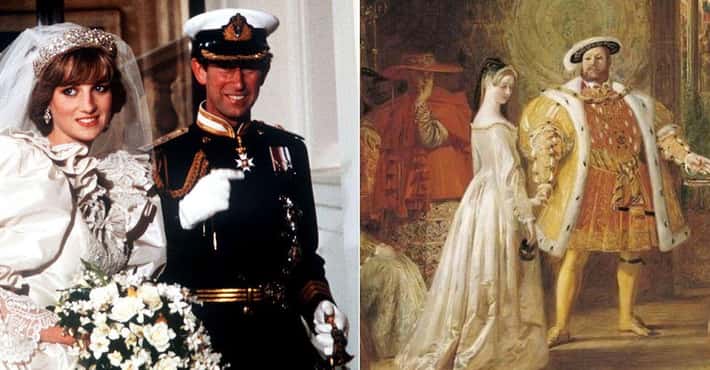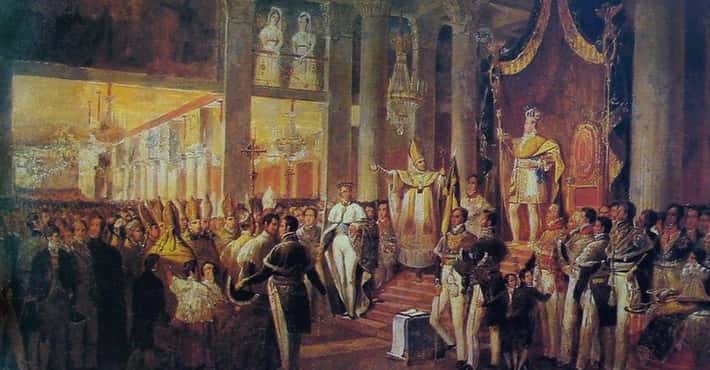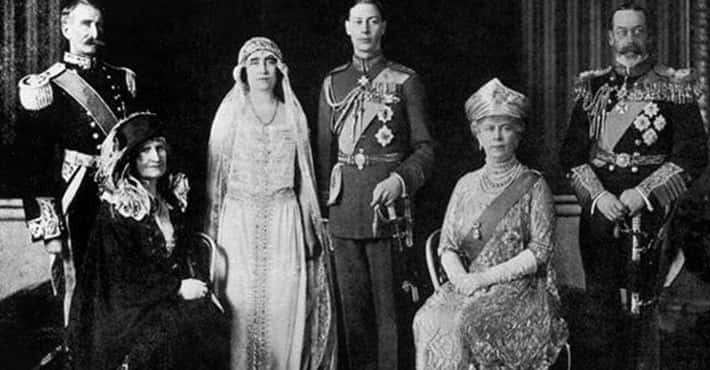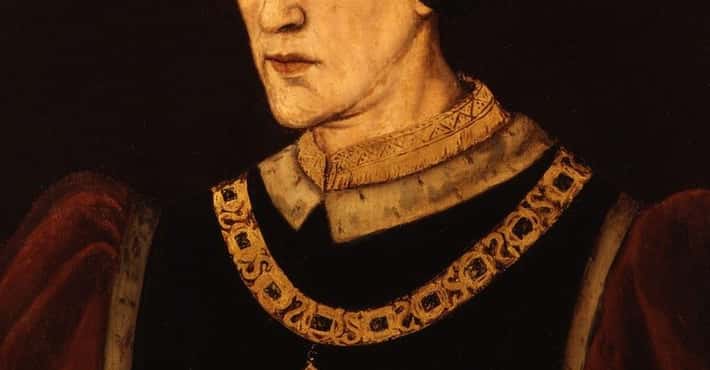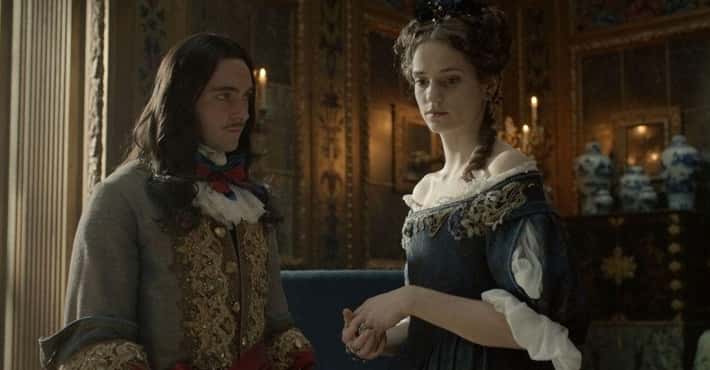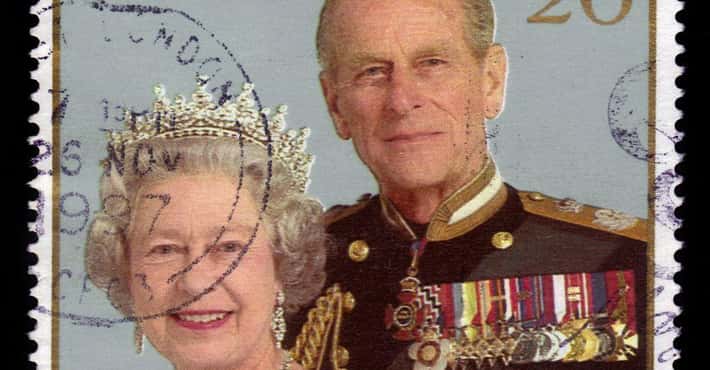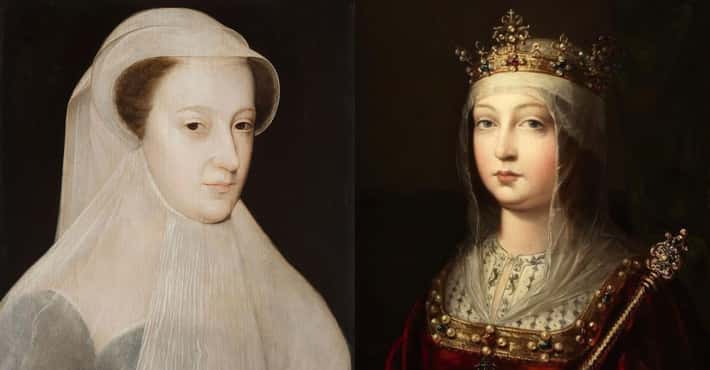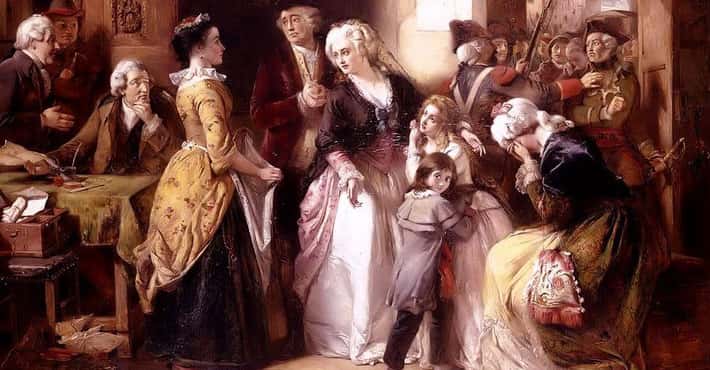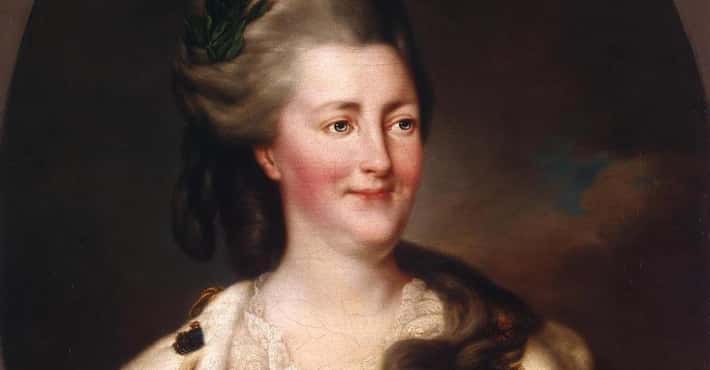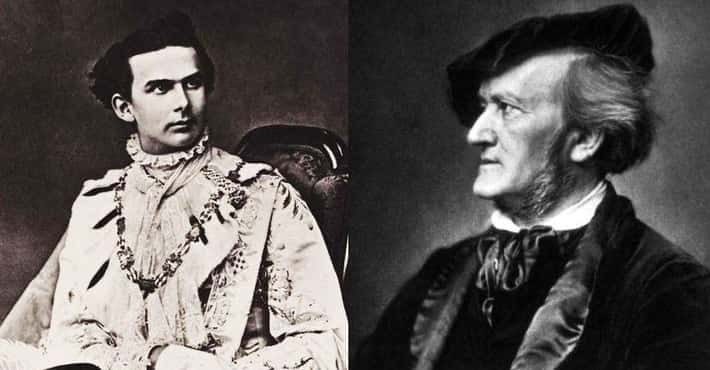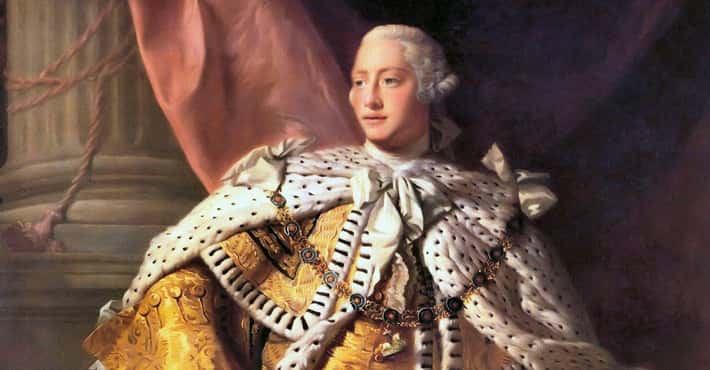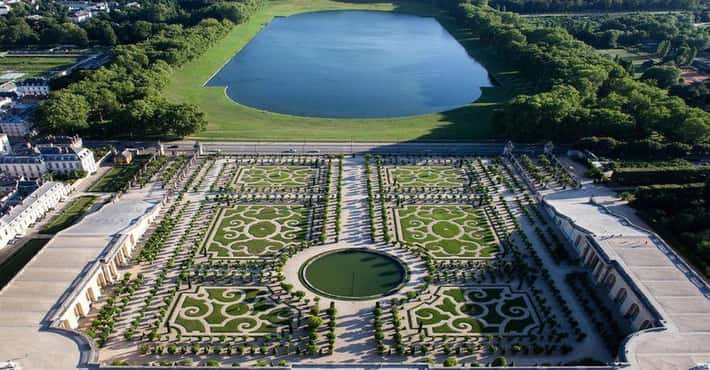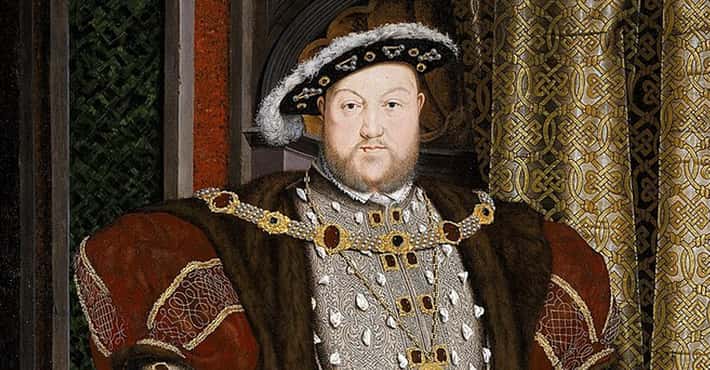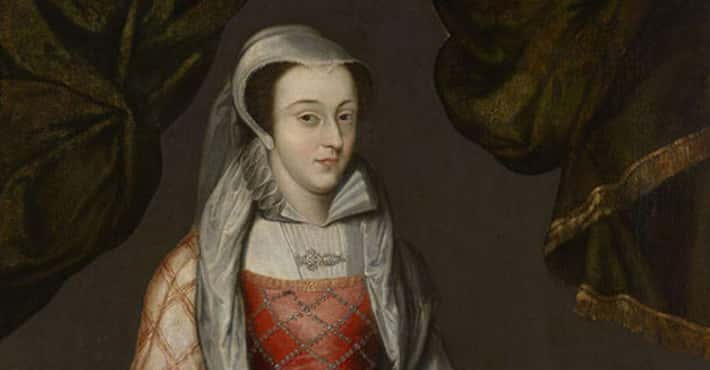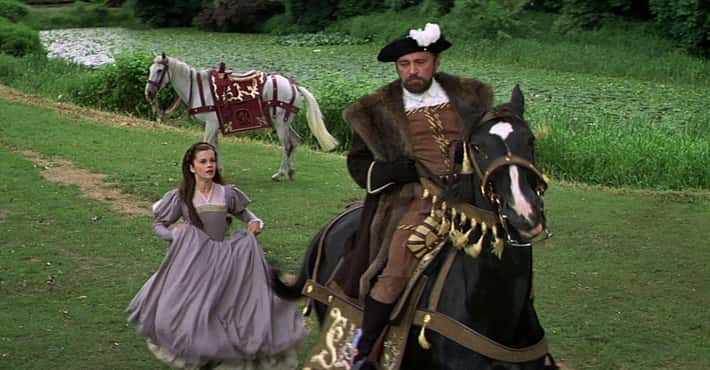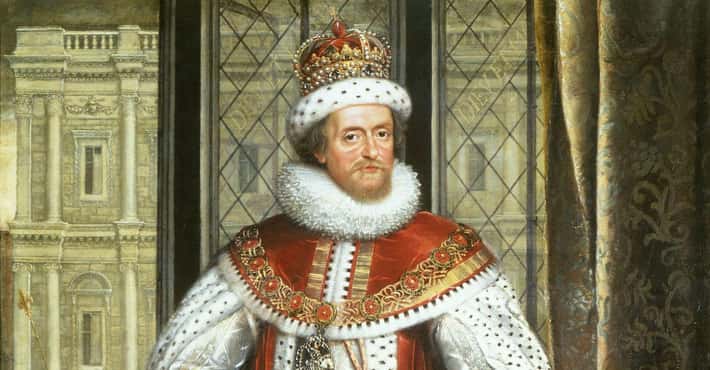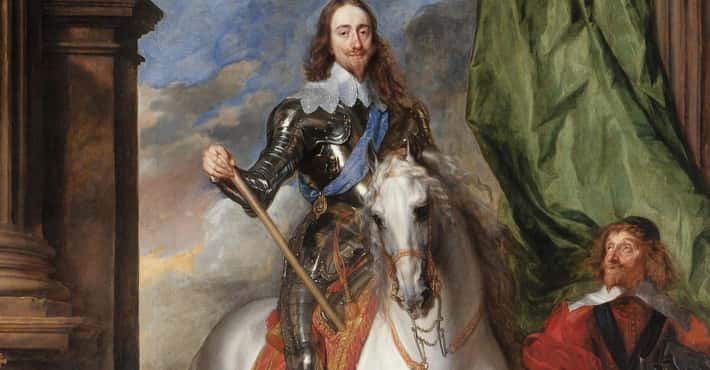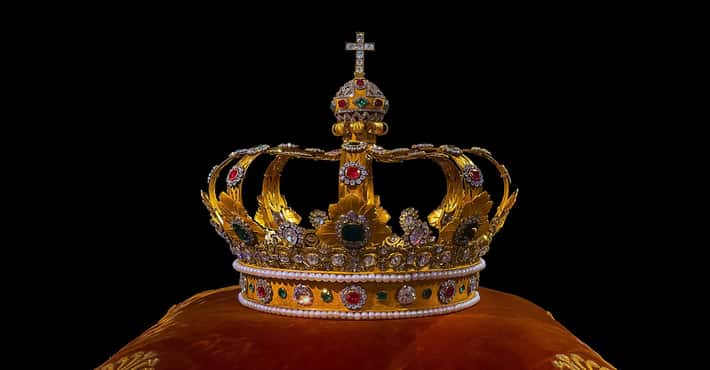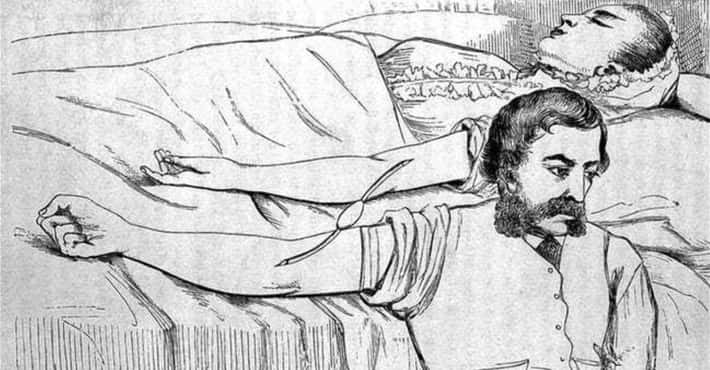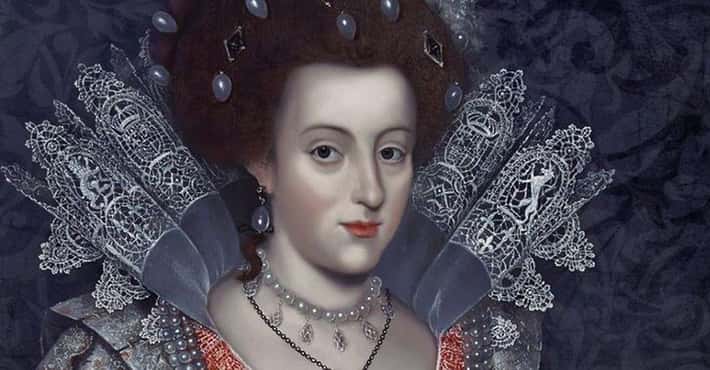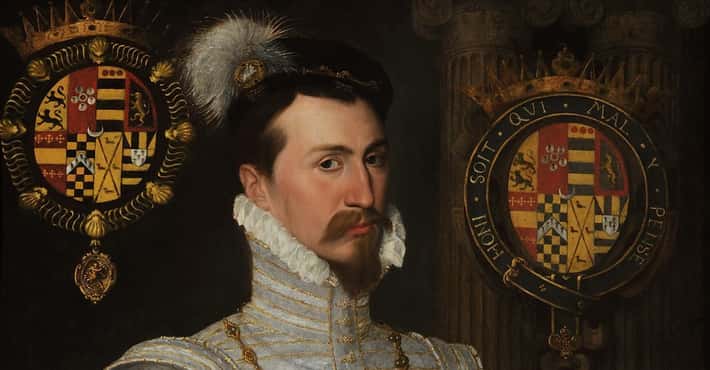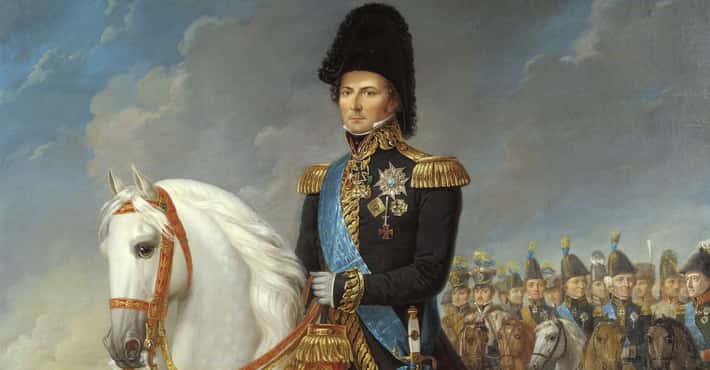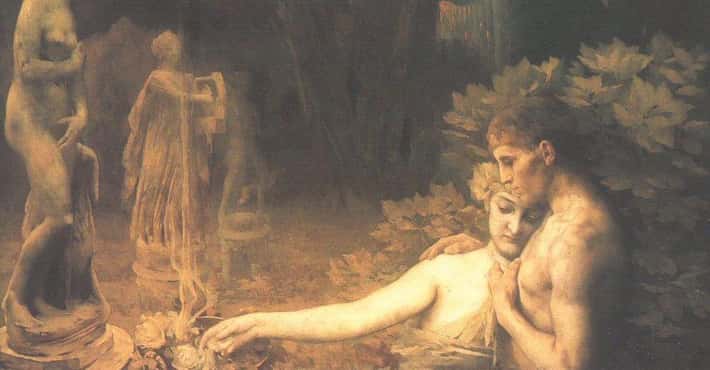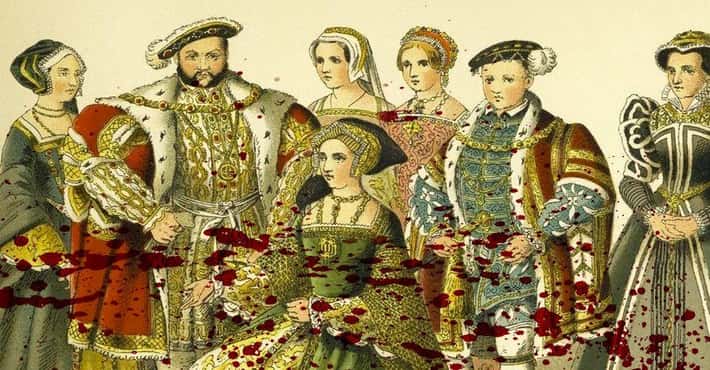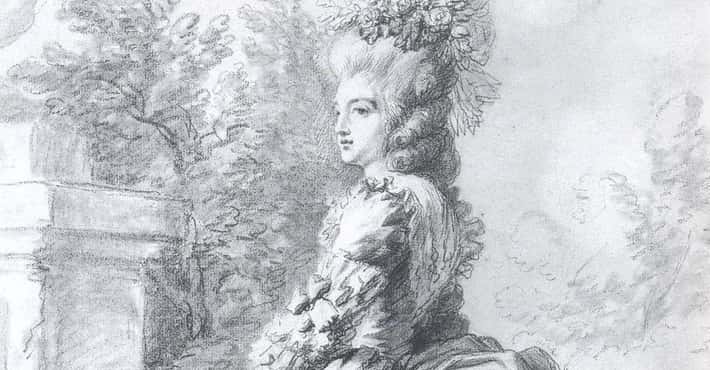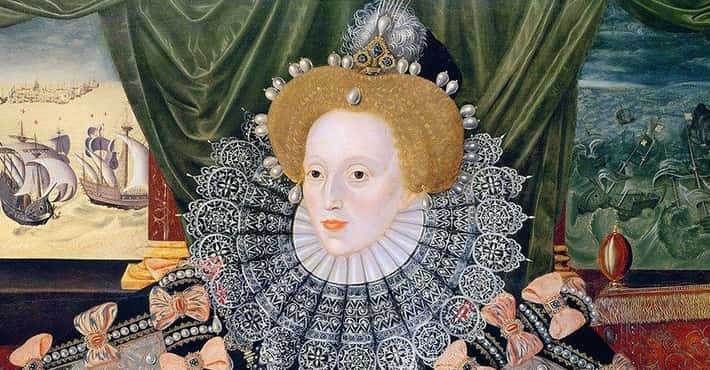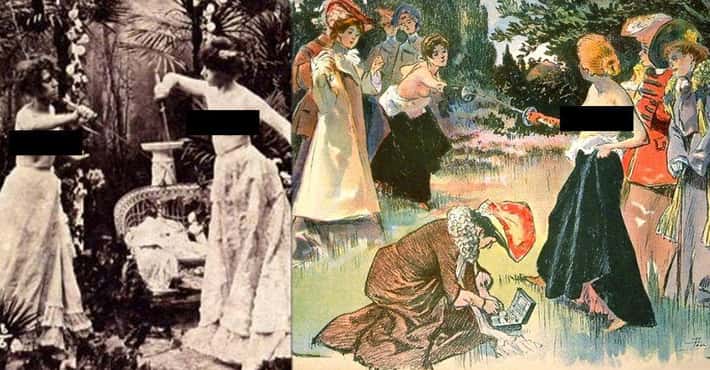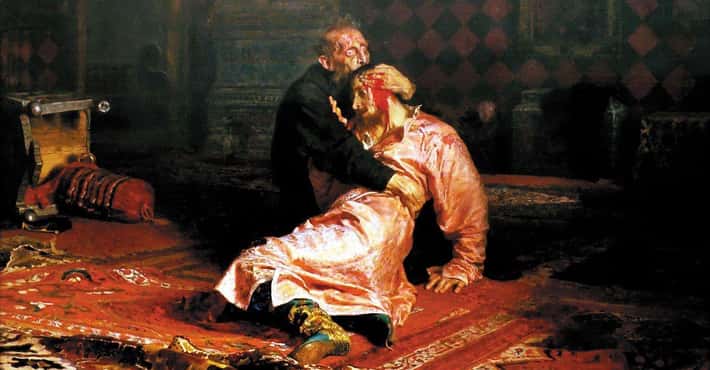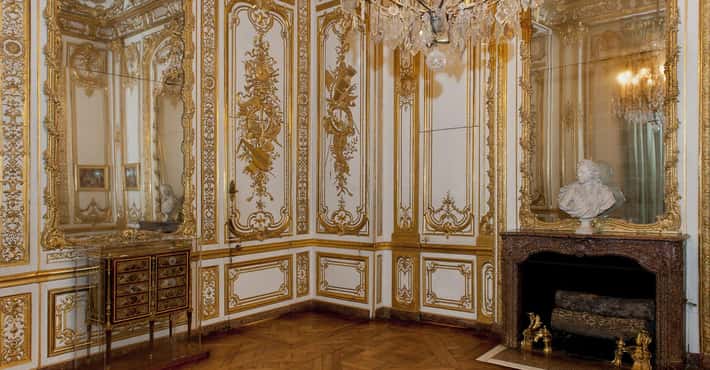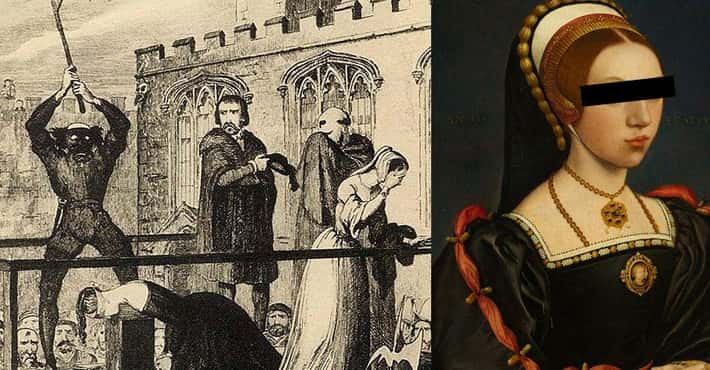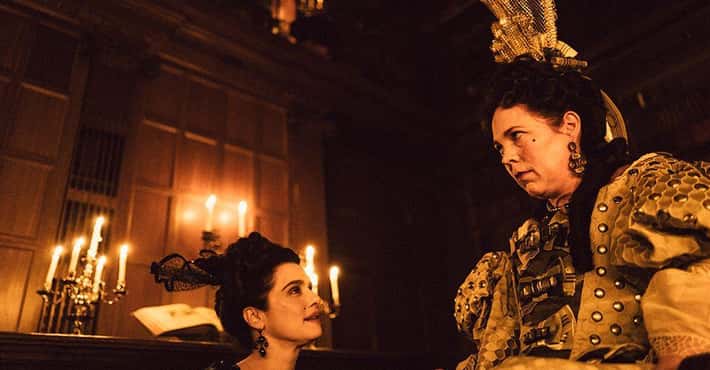
Charles II's Love Life Was Even Crazier Than Henry VIII's
- Photo: Anthony van Dyck / Wikimedia Commons / Public Domain
He Never Fathered A Legitimate Child But Had Over A Dozen Illegitimate Ones
Though Charles was married to Catherine of Braganza, the marriage never produced any children. Much to her dismay, Catherine had several pregnancies that ended in miscarriage.
Charles fathered several illegitimate children, however. Though historians quibble on the exact number - he may have had 16 or more - Charles financially supported and doted upon them.
Charles's lack of legitimate heirs meant that his younger brother James succeeded him to the throne in 1685.
- Photo: Henri Gascar / Wikimedia Commons / Public Domain
One Mistress Was A French Spy Charles Nicknamed 'Fubs'
Born into the French nobility, Louise de Kéroualle first came to England in 1670 as part of Charles II's sister's entourage. Charles soon became infatuated with her and installed her as his mistress.
Like many of Charles's other mistresses, Louise understood that her relationship with the king was ultimately political. In fact, she was a French spy. She was part of a direct line of information, via the French ambassador, to King Louis XIV of France.
By all accounts, Charles was genuinely attached to Louise and admitted, "'tis impossible to expresse the true passion and kindnesse I have for my dearest dearest fubs." ('Fubs' was his term of endearment for her.) Louise stayed by Charles's side until his passing.
- Photo: Hendrick Danckerts / Wikimedia Commons / Public Domain
Charles Had A Servant Who Was Known As His 'Pimpmaster'
As the King of England and Scotland, Charles II had a servant for everything - even for procuring female company.
William Chiffinch was officially in charge of Charles's bedroom. Informally, however, he was known as the king's "pimpmaster general." Chiffinch recruited potential mistresses for Charles. He didn't just recruit well-connected noblewomen; he also recruited women from all walks of life in London.
- Photo: Henri Gascar / Wikimedia Commons / Public Domain
Barbara Palmer, Nicknamed The 'Uncrowned Queen,' Insisted On Birthing Charles's Illegitimate Child In A Palace
One of Charles's most controversial mistresses was Barbara Palmer, the Duchess of Cleveland and the Countess of Castlemaine, who adored all the trappings, wealth, and privileges that came with her position.
Nicknamed "the uncrowned queen," Palmer wasn't above throwing her weight around court. When Charles married Catherine of Braganza in 1662, Palmer displayed her undergarments at Whitehall Palace. According to Historic Royal Palaces, this move demonstrated how Palmer "was not only objecting to the marriage but making a claim of ownership" over Charles and the court.
Palmer went out of her way to assert her authority. When Palmer gave birth to one of Charles's illegitimate children, she insisted on doing so at Hampton Court Palace, one of the royal estates.
Many resented Barbara Palmer's influence over Charles. According to court diarist Samuel Pepys, Palmer "rules him, who, he says, hath all the tricks of Aretin that are to be practiced to give pleasure."
- Photo: Jacob Ferdinand Voet / Wikimedia Commons / Public Domain
Nell Gwynn Once Outmaneuvered A Rival Mistress By Slipping Her A Laxative
Charles II often maintained several mistresses at once. This sometimes stoked rivalries between them as they tried to outmaneuver one another for the king's attention and favor.
One story claims that Nell Gwyn went to extreme lengths to prevent Charles from seeing Moll Davis, another royal mistress. Before Davis was supposed to have a rendezvous with the king, Gwynn added a laxative to Davis's meal, thus making her indisposed for the remainder of the night.
- Photo: William Dobson / Wikimedia Commons / Public Domain
Charles's First Lover May Have Been His Former Nurse
Charles was 14 years old when he may have taken his first lover, Christabella Wyndham.
Wyndham wasn't just any lady of the court - she had an intimate connection with Charles. She had served as his nurse when he was a baby. The fact that Wyndham had nursed the young prince did not seem to dissuade the couple, however.
- Photo: Peter Lely / Wikimedia Commons / Public Domain
He Had A Thing For Actresses
When Charles II came to the throne in 1660, he reopened theaters that had been closed since 1642. The revival of English theaters also brought something new: professional actresses who had previously been banned from performing on stage.
At least two of Charles's mistresses were actresses. As a stage performer, Nell Gwynn was already well-known before she became a royal mistress.
Charles's affair with Moll Davis (pictured at right), another actress, brought her considerable wealth too.
- Photo: Peter Lely / Wikimedia Commons / Public Domain
Charles Bullied His Wife Into Accepting His Mistress
In 1662, Charles married Catherine of Braganza, a Portuguese princess. Unfortunately for Catherine, Charles was already several years into an affair with Barbara Palmer, Lady Castlemaine. Charles was so devoted to Palmer that he once quipped, "whosoever I find to be my Lady Castlemaine's enemy [...] I do promise upon my word to be his enemy so long as I live."
Queens were apparently no exception to this mandate. Charles expected his new wife to accept his affairs, and the couple entered into a marital fight that spilled over into the court. Charles ultimately won - he appointed Palmer as a lady-of-the-bedchamber to Catherine, blatantly ignoring the queen's fierce objections. Catherine was so scandalized when Palmer was presented to her that she passed out.
Despite his frequent affairs, the failure to produce a legitimate heir, and the advice of others, Charles never attempted to divorce Catherine.
- Photo: Jacob Ferdinand Voet / Wikimedia Commons / Public Domain
Hortense Mancini May Have Had An Affair With Charles's Illegitimate Daughter Too
Roman-born Hortense Mancini - a niece of Cardinal Mazarin and member of the so-called "Mazarinettes" - was a short-lived mistress of Charles.
But Charles wasn't the only member of his family with whom she had a romantic relationship. Mancini and Anne Lennard, Countess of Sussex - one of Charles's illegitimate children with Barbara Palmer - may have had their own affair. When the teenaged, married Countess Sussex wanted to stay with Mancini rather than her husband, she was shipped off to a French convent.
- Photo: Unknown / Wikimedia Commons / Public Domain
Mistresses Often Warred With One Another And Jockeyed For Influence At Court
Charles II lavished gifts on his mistresses. In other words, being a royal mistress was an incredibly lucrative business. His mistress Barbara Palmer even had access to the Privy Purse, and he gamely settled her significant debts.
Due to the power, wealth, and privilege that came with serving as a royal mistress, women often jockeyed with one another to win Charles's attention and affection.
- Photo: Peter Lely / Wikimedia Commons / Public Domain
Nell Gwynn - One Of Charles's Favorite Mistresses - Became A Folk Hero
Actress-turned-mistress Nell Gwynn was different from a lot of Charles's other paramours: she was a product of the streets of London. But she won over king and kingdom alike with her plucky attitude, wit, and all-around good humor. Diarist Samuel Pepys even lovingly referred to her as "Pretty, Witty Nell."
Commoners, in particular, celebrated Gwynn. To them, she was, as historian Leslie Carroll put it, "the goddess of the guttersnipes" and a bonafide celebrity. After a London crowd had mistaken her for another royal mistress - Louise de Keroualle, a French Catholic - her response drew their cheers: "Pray good people be civil, I am the Protestant wh*re."
Some Courtiers Tried To Leverage Power By Supplanting Charles's Mistresses And Installing Their Own
The royal bed was undeniably a political space. As a result, royal mistresses potentially wielded tremendous influence.
Some courtiers and officials tried to leverage power by being sure that the right women had the king's ear. Ralph Montagu, an ambassador to France, tried to install Hortense Mancini as the king's lover with the aim of usurping reigning mistress Barbara Palmer.
Palmer, in turn, consolidated her own influence over Charles by introducing him to other potential lovers - especially ones that she could control.














